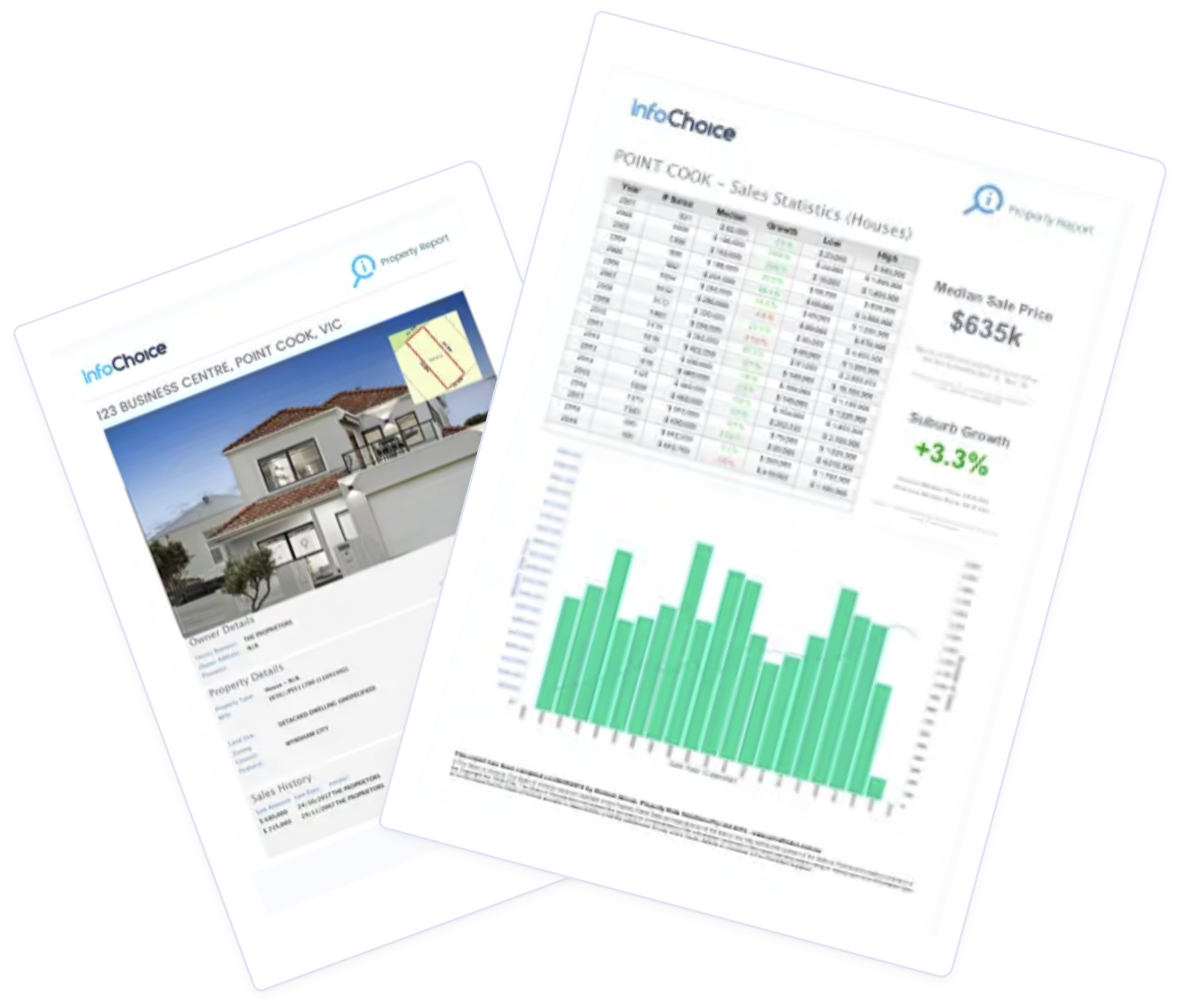
- Most lenders will want to see an exit strategy i.e. how you are going to pay for the loan after you turn 50. Many lenders also have a hard cap of eligible customers around 80 years of age.
- The age pension might be assessed as income, but will likely not be enough.
- If you already own a home outright and you're looking to buy another, various home equity schemes such as the Home Equity Access Scheme, home equity loans and reverse mortgages could count towards income requirements.
- There are also relaxed pension criteria and stamp duty exemptions for those looking to downsize their home.
- It's highly recommended you speak to a financial adviser or tax professional to find out how you can fund a home purchase in your later years, especially without hurting pension eligibility.
During the usual home buying era, say your late 20s or early 30s, you apply to the bank with your deposit, payslips, and good savings history, and you’re usually on your merry way. Given most mortgage terms are 25 or 30 years this makes it possible for younger people to pay it off fully before retirement age.
However what if you’re approaching retirement? The bank is going to want to see how you’ll pay off a home loan. So, the avenue to getting a home loan gets a little more tricky, even if you’ve built up a good amount of wealth. As the old saying goes, seniors or retirees are often ‘asset rich, cash poor’. To get a home loan you’ll need to prove how you can pay it off, get creative, or use various schemes to your advantage.
Advertisement
| Lender | Home Loan | Interest Rate | Comparison Rate* | Monthly Repayment | Repayment type | Rate Type | Offset | Redraw | Ongoing Fees | Upfront Fees | Max LVR | Lump Sum Repayment | Extra Repayments | Split Loan Option | Tags | Features | Link | Compare | Promoted Product | Disclosure |
|---|---|---|---|---|---|---|---|---|---|---|---|---|---|---|---|---|---|---|---|---|
5.29% p.a. | 5.33% p.a. | $2,773 | Principal & Interest | Variable | $0 | $530 | 90% |
| Promoted | Disclosure | ||||||||||
5.19% p.a. | 5.10% p.a. | $2,742 | Principal & Interest | Variable | $0 | $0 | 80% |
| Promoted | Disclosure | ||||||||||
5.39% p.a. | 5.43% p.a. | $2,805 | Principal & Interest | Variable | $0 | $530 | 90% |
| Promoted | Disclosure |
What is an exit strategy?
An exit strategy takes place when you’re over a certain age, usually over 50, and want to get a home loan from your bank or lender. Given most home loans have a 25 or 30 year term, the lender will want to see how you will pay it off in retirement without regular employment income.
In Australia the life expectancy is 83 years; if you took out a 30 year home loan at age 60 you could quite realistically die before the mortgage is up. So, the lender will want to see how you can pay it off in this time. Many lenders will want to see an exit strategy after the age of 50, and will have a hard cap in place of 80 years or so, meaning they don’t want you on their books if you’re older than this.
This includes a breakdown of your superannuation reserves, any passive investment income, the sale of other properties, and so on. Income from reverse mortgaging your current home might also suffice. You may also have to change your mortgage term to a shorter timeframe e.g. 10 years, which would result in a higher monthly repayment but ultimately less interest payable.
Home loans for age pensioners - is it possible?
It’s going to be a tough ask to service a mortgage solely on the age pension, even if you and your partner are receiving the top rate. Your bank will want to see other income streams, but these could affect your eligibility for the pension. and any assets including superannuation are subject to deeming rates. It’s a bit of a catch-22.
Government-run schemes
Pension Loans Scheme & Home Equity Access Scheme
The pension loans scheme was renamed the home equity access scheme in 2022. And for good reason - the new name is more indicative of what it entails. Essentially, the government will loan you a certain amount backed by the equity in your current home.
The scheme is available to senior Australians who meet age pension age and residency requirements and own real estate in Australia. It allows eligible participants up to 150% of the maximum fortnightly rate of the age pension. Self-funded retirees can access the whole 150% as a loan, while those on the maximum age pension rate can receive 50%, and part pensioners can receive a rate in between. Lump sum advances are capped at 50%.
Unlike other types of loans there are no regular repayments. Instead, funds are recouped through the sale of the home. The scheme generally attracts a much lower rate of interest than what you could get in the retail market.
Downsizing scheme
The Social Services and Other Legislation Amendment (Incentivising Pensioners to Downsize) Act 2022, or downsizing scheme for short, extends the pension assets test for those looking to downsize their home.
Under the scheme, the existing 12-month asset test exemption for principal home sale proceeds a person intends to use for a new home will be extended to up to 24 months.
Deemed income on the exempt proceeds will be calculated using only the lower deeming rate – currently 0.25% until mid-2024.
This essentially allows those on the age pension to receive their full allowance to sell their old home, get their affairs in order, and move into the new home without sacrificing age pension payments.
Further, some state governments may have exemptions when you’re downsizing in your later years. For example, Victoria allows eligible pensioners to receive a one-off duty exemption or concession when they buy a new or established home, valued up to $750,000, to live in as their principal place of residence (PPOR).
Unlock equity in your existing home
Home equity loan
A home equity loan allows you to borrow against the equity in your current home, which is hopefully a lot if you’ve paid it off or lived in it a while.
The equity acts as security for the loan, and you’ll be charged the usual interest costs as well as pay back the principal across regular payments.
Reverse mortgage
If you already own your current home outright and want better cashflow, a reverse mortgage allows you to draw down on a portion of the value of your home without making regular repayments.
Instead, when you eventually sell that home you pay back what you’ve borrowed, plus interest. There is also a government-mandated ‘No Negative Equity Guarantee’ and you will never owe more than the home’s worth.
Heartland Reverse Mortgage allows people over 60 to access some of the equity in their home, helping them fund a more comfortable retirement. Importantly, with a reverse mortgage you continue to own and live in your home.
Highlights- Heartland deeply understands the particular needs of people over 60 and has a passion for changing the lives of Australians as they are moving to, or in, retirement.
- Flexible drawdown options such as a lump sum up front, regular ongoing advances (monthly, quarterly or annually), or a ‘cash reserve’ facility for future access to funds.
Australian Seniors Advantage Group (ASAG) Reverse Mortgage allows senior homeowners to borrow money against their home without monthly repayments and having to sell.
Highlights- Eliminate Regular Debt Payments
- Continue to Live in Your Home
- Improve Your Home & Lifestyle
- Government Regulated - No Negative Equity Guarantee
*Comparison rate is based on a loan of $150,000 over a term of 25 years. Please note the comparison rate only applies to the examples given. Different loan amounts and terms will result in different comparison rates. Costs such as redraw fees and costs savings, such as fee waivers, are not included in the comparison rate but may influence the cost of the loan. Product information last updated 16th, October 2025.




